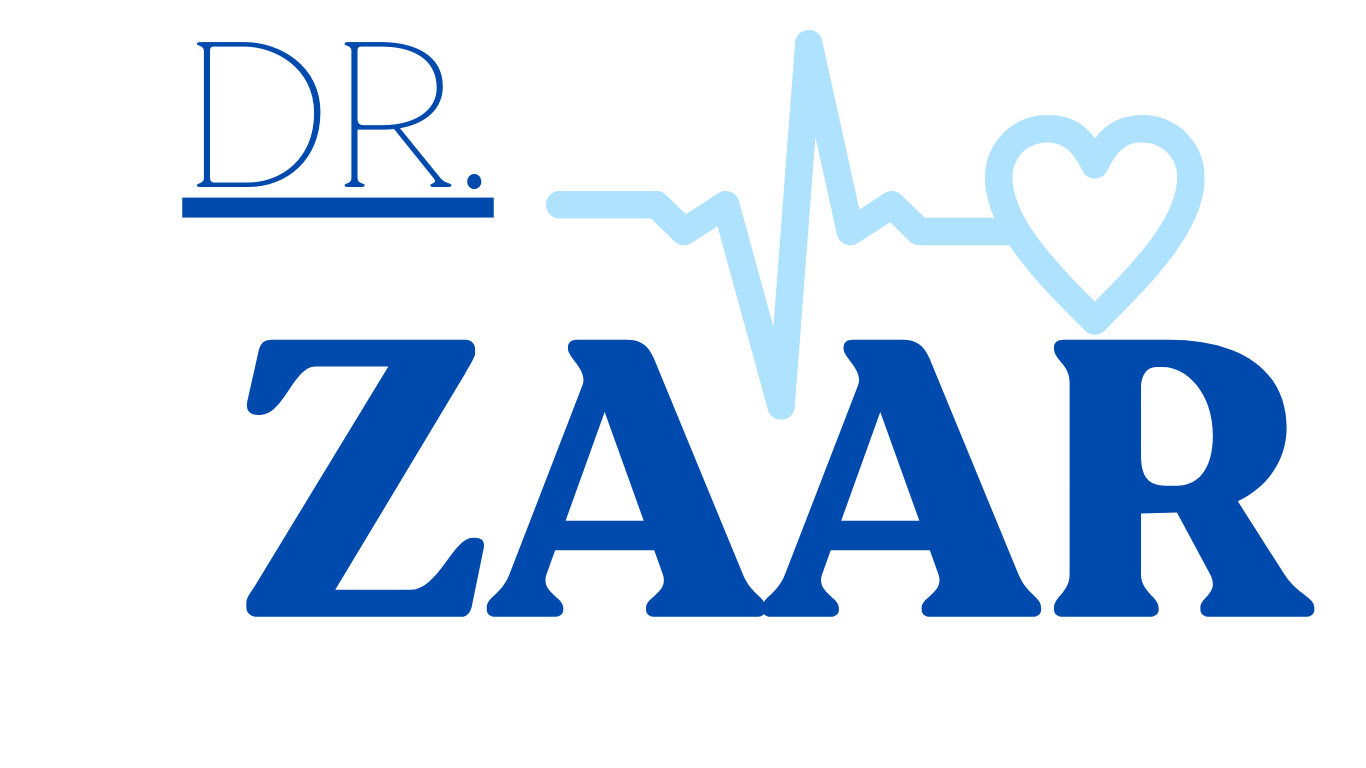Case Study: The Domino Effect of Thyroid Storm Triggered by Thromboxane
Patient:
- Name: Sarah, 52 years old
- Medical history: Diagnosed with Graves’ disease (autoimmune hyperthyroidism) for 5 years; irregularly compliant with antithyroid medication (methimazole).
Presenting symptoms:
- Fever (39°C)
- Tachycardia (180 bpm)
- Tremor
- Diaphoresis (profuse sweating)
- Anxiety
- Nausea and vomiting
- Diarrhea
- Muscle weakness
- Confusion
Physical examination:
- Goiter (enlarged thyroid gland)
- Exophthalmos (protruding eyes)
- Tachycardia and tachypnea (rapid breathing)
- Skin warm and flushed
Laboratory findings:
- Elevated thyroid hormones (FT3, FT4)
- Suppressed TSH (thyroid-stimulating hormone)
- Elevated white blood cell count (indicating inflammation)
- Increased thromboxane A2 levels
Diagnosis:
- Thyroid storm with potential contribution of thromboxane pathway
Treatment:
- Immediate:
- Antithyroid medications (methimazole, Lugol’s iodine) to block thyroid hormone production
- Beta-blockers (propranolol) to control heart rate and blood pressure
- Corticosteroids (hydrocortisone) to suppress inflammation
- Fluid resuscitation and electrolyte correction
- Targeted at thromboxane pathway:
- Aspirin to inhibit platelet aggregation (preliminary evidence for benefit in thyroid storm)
- Monitoring of thromboxane A2 levels to assess response to treatment
Course of treatment:
- Sarah’s symptoms gradually improved with the above therapy.
- Thromboxane A2 levels gradually declined with antithyroid and aspirin treatment.
- She was discharged after 10 days with close follow-up instructions and strict adherence to antithyroid medication regimen.
Discussion:
This case highlights the potential role of thromboxane in exacerbating thyroid storm severity. Sarah’s irregular medication use for her hyperthyroidism allowed for a gradual build-up of thyroid hormones, ultimately triggering the storm. Elevated thromboxane A2 levels in her blood, in addition to typical thyroid storm symptoms, suggested its contribution to the inflammatory response and tissue hypoxia. While further research is needed to definitively establish the therapeutic benefit of targeting thromboxane in thyroid storm, the use of aspirin in Sarah’s case, along with standard therapy, seemed to contribute to her recovery. This case opens avenues for future research into the complex interplay between thyroid hormones, thromboxane, and inflammation in this life-threatening condition.
Additional notes:
- This case study is for educational purposes only and should not be used as a substitute for professional medical advice.
- Individual treatment plans for thyroid storm may vary depending on specific patient factors and severity of the condition.
I hope this case study provides further insights into the potential role of thromboxane in thyroid storm and its implications for future therapy
Thromboxane Dysregulation in Endocrine Imbalance: Unraveling its Role in Hormonal Disorders
Hormone-Dependent Anemia
Addressing Hormone-Dependent Anemia in a 52-Year-Old Woman with Chronic Kidney Disease – Expanded Details Patient Ms. Fatima, a 52-year-old woman.
Read MoreUnraveling the Urotensin II Paradox in.
Case Study: Patient: Sarah, a 45-year-old woman with a 5-year history of acromegaly. Urotensin II Paradox: Sarah presented with classic.
Read More